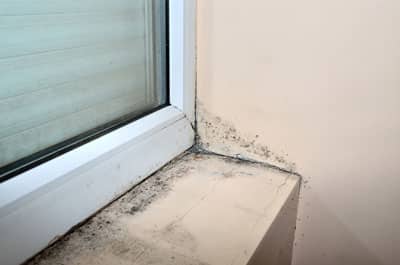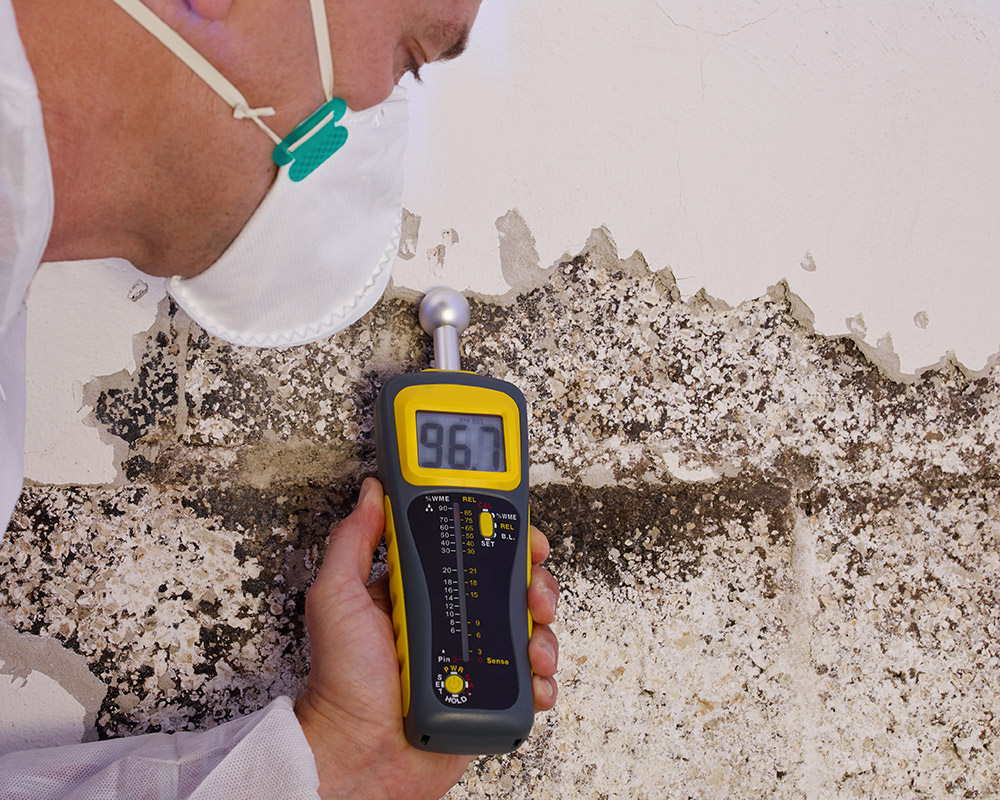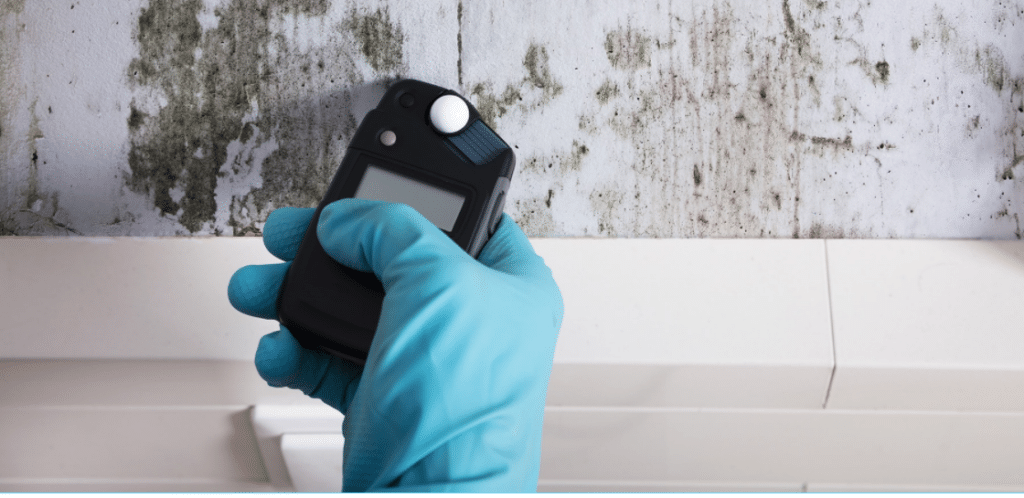After Mold Remediation Techniques for Clean Rooms
After Mold Remediation Techniques for Clean Rooms
Blog Article
Your Ultimate Guide to Article Mold And Mildew Removal Techniques
Navigating the world of post-mold remediation strategies is a meticulous process that requires interest to detail and a thorough understanding of the intricacies included. In the results of mold infestation, recognizing how to efficiently get rid of the mold and stop its reoccurrence is critical for maintaining a healthy indoor atmosphere. From picking the best cleansing and decontaminating techniques to implementing approaches for lasting mold avoidance, each step in the removal trip plays a vital duty in making sure a successful result. As we start this expedition of post-mold remediation techniques, we will certainly discover the essential strategies and best methods that can assist you recover your area to its pre-mold condition and protect it versus future mold and mildew risks.
Comprehending Post-Mold Removal Process
After completing the mold and mildew remediation process, it is crucial to recognize the post-mold remediation strategies that are required to ensure a comprehensive and reliable cleaning. When the mold and mildew has been removed, the next action involves cleaning and disinfecting the influenced locations to stop any kind of regrowth of mold. This consists of utilizing specialized cleansing agents to wipe down surface areas and eliminate any type of continuing to be mold spores. It is important to dry out the area completely to dissuade the development of mold and mildew in the future (Post Remediation verification). Appropriate ventilation and dehumidification can assist in this procedure.
Moreover, carrying out a last inspection post-remediation is crucial to make certain that all mold has actually been efficiently removed. This examination should include a thorough aesthetic check as well as perhaps air sampling to verify the absence of mold and mildew spores airborne. Additional removal might be necessary if the assessment reveals any sticking around mold. Lastly, enlightening residents on safety nets such as controlling wetness degrees and immediately addressing any water leaks can assist keep a mold-free atmosphere.
Efficient Cleaning Up and Disinfecting Techniques

Protecting Against Future Mold And Mildew Development

Significance of Appropriate Air Flow
Correct ventilation plays a vital duty in avoiding dampness buildup, a key consider mold and mildew growth within interior environments. Effective air flow systems assist eliminate excess moisture from the air, decreasing the possibilities of mold spores discovering the dampness they need to germinate and spread. Without appropriate air flow, interior spaces can end up being a breeding place for mold and mildew, bring about possible health and wellness threats and architectural damages.
By guaranteeing proper air flow, air flow systems can also aid in drying wet locations quicker after water damages or flooding cases, additionally deterring mold growth. Post Remediation verification. In rooms like shower rooms, basements, kitchen areas, and attics where wetness degrees have a tendency to be higher, mounting and keeping reliable air flow systems is essential in avoiding mold and mildew invasions

Monitoring and Upkeep Tips
Given the crucial function that proper ventilation plays in stopping mold development, it is important to establish reliable tracking and click over here now maintenance suggestions to make certain the continued performance of air flow systems. Normal inspections of air flow systems should be carried out to check for any indicators of clogs, leakages, or malfunctions that could hamper appropriate air flow. Tracking humidity degrees within the building is additionally vital, as high humidity can contribute to mold and mildew development. Mounting a hygrometer can aid track moisture degrees and alert property owners to any kind of spikes that may call for attention. Additionally, ensuring that air filters are routinely cleaned or changed is important for preserving the efficiency of the air flow system. Executing a timetable for regular upkeep jobs, such as duct cleansing and heating and cooling system evaluations, can aid avoid issues prior to they escalate. By remaining mindful and aggressive to the problem of air flow systems, homeowner can successfully mitigate the threat of mold and mildew regrowth and keep a healthy interior environment.
Verdict
To conclude, post-mold removal techniques are important for ensuring a tidy and secure atmosphere. Comprehending the process, applying efficient cleaning and decontaminating methods, preventing future mold and mildew growth, Find Out More maintaining appropriate air go to the website flow, and normal surveillance are all important action in the removal process. By complying with these guidelines, you can effectively eliminate mold and stop its return, functioning or promoting a healthy living space for all occupants.
In the aftermath of mold and mildew problem, knowing exactly how to efficiently eradicate the mold and mildew and avoid its reoccurrence is critical for preserving a healthy indoor environment. As soon as the mold has been eliminated, the following action involves cleaning and disinfecting the impacted locations to prevent any regrowth of mold and mildew - Post Mold Remediation. After eliminating visible mold growth, it is vital to cleanse all surfaces in the afflicted location to eliminate any remaining mold spores. To even more improve mold and mildew prevention steps, it is important to address underlying problems that originally led to mold growth.Given the important duty that correct air flow plays in preventing mold and mildew growth, it is important to establish effective tracking and upkeep pointers to guarantee the continued capability of air flow systems
Report this page